dye
Dyes refer to the organic substances enable the strong coloring of fiber and some other materials. There are various kinds of dyes. According to the source, they can be divided into natural dyes (such as vegetable dyes, animal dyes and mineral dyes, etc.) and synthetic dyes (or artificial dyes). According to the molecular structure, it can be divided into azo dyes, anthraquinone dyes, phthalocyanine dyes, aromatic dyes and nitro dyes. Based on the application methods, it can be divided into acid dyes, basic dyes, sulfur dyes, reactive dyes, disperse dyes, direct dyes and so on. Dyes have color, but substance having color does not necessarily belong to dyes. Dye must have a chromophore and auxochrome group. Dye contained in the ink should also have water-soluble group such as sulfonic acid group.
Natural dyes are dyes obtained from animals, plants and minerals. According to sources they can be divided into:
1 Plant dyes; dyes extracted from the roots, stems, leaves and fruit of some plants such as indigo extracted from the leaves of indigo (blue); curcumin extracted from turmeric (yellow); alizarin extracted from madder (red) and so on;
2 Animal dyes; dyes extracted from animal body such as carmine extracted from cochineal, etc;
3 Mineral dyes; dyes extracted from the colored inorganic substance of mineral such as chrome yellow, ultramarine blue, brown and other manganese. Owing to its various disadvantages compared with artificial dyes such as incomplete chromatography, application inconvenience and poor fastness, most natural dyes have been eliminated except for a few still in use.
Synthetic dyes, also known as "artificial dyes." is mainly made through the chemical processing of coal tar (or oil processing) fractionation products (such as benzene, naphthalene, anthracene and carbazole, etc.), sometimes are also known as coal tar dyes. Since the earliest several synthetic dyes all took aniline as raw material, it is also known as "aniline dyes." Compared with the natural dyes, synthetic dyes have various kinds with complete chromatography and most of them being colorful, washable and being able to be produced in large scale. Thus, almost all of the current so-called dye refers to synthetic dyes with its dyeing products being one of the common samples of Forensic evidence.
There are two ways for classifications of dyes:
The first type is the basic chemical taxonomy based on the chromophore. According to this, dyes can be classified into azo dyes, sulfur dyes, anthraquinone dyes, indigo dyes, heterocyclic dyes and phthalocyanine dyes, 10 categories in total.
The second type is based on the property of the dye to the fiber or coloring properties. Based on this, the dyes can be divided into acid dyes, neutral dyes, azoic dyes, basic dyes, cationic dyes, direct dyes, reactive dyes, sulfur dyes, vat dyes and other dyes, 14 categories in total.
There are various kinds of dyes of different properties and wide range of applications. However, dyes used as physical evidence are largely fixed in textile fibers or paper, or as a kind of organizational component of ink, printing ink and pen oil. Usually after extraction, it can subject to comparison testing using micro-chemical method, thin layer chromatography, liquid chromatography, UV - visible absorption spectroscopy and fluorescence spectroscopy.
The international development of dye was very rapid in 1970s while people have mainly focused on develop new varieties and improve quality since 1990s with the annual output being maintained at the level of 100 million tons.
Chinese dyes got rapid development in 1980s with the main focus being improving the quality after 1990 as well. The production output still maintain a certain growth rate with annual output being around 300,000 t. In 2000, the output is 315 600 t. Dyes used for textile dyeing account about 85% with the rest being used for the coloring of leather, plastic, paper and paint.
- Structure:
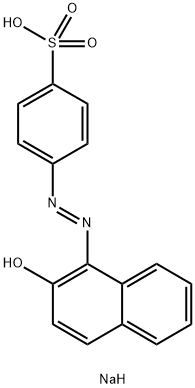
- Chemical Name:Acid Orange 7
- CAS:633-96-5
- MF:C16H13N2NaO4S
- Structure:
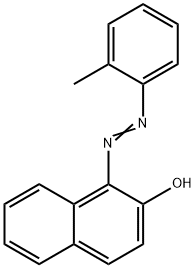
- Chemical Name:Solvent Orange 2
- CAS:2646-17-5
- MF:C17H14N2O
- Structure:
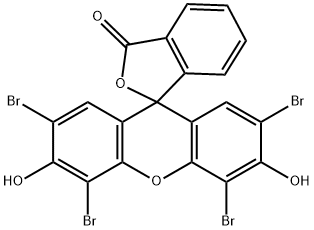
- Chemical Name:Solvent Red 43
- CAS:15086-94-9
- MF:C20H8Br4O5
- Structure:
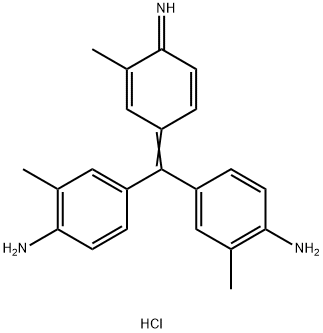
- Chemical Name:Basic Violet 2
- CAS:3248-91-7
- MF:C22H24ClN3
- Structure:
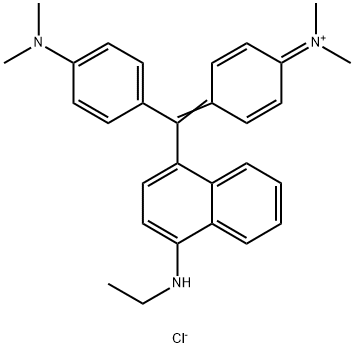
- Chemical Name:Basic Blue 11
- CAS:2185-86-6
- MF:C29H32ClN3
- Structure:
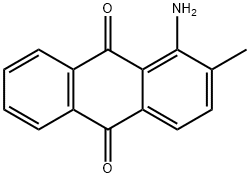
- Chemical Name:1-AMINO-2-METHYLANTHRAQUINONE
- CAS:82-28-0
- MF:C15H11NO2
- Structure:
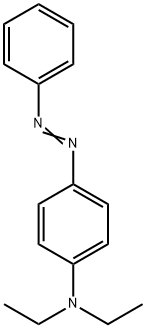
- Chemical Name:Solvent Yellow 56
- CAS:2481-94-9
- MF:C16H19N3
- Structure:
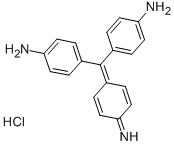
- Chemical Name:Basic Red 9
- CAS:569-61-9
- MF:C19H17N3.ClH
- Structure:

- Chemical Name:Crystal Violet
- CAS:548-62-9
- MF:C25H30ClN3
- Structure:
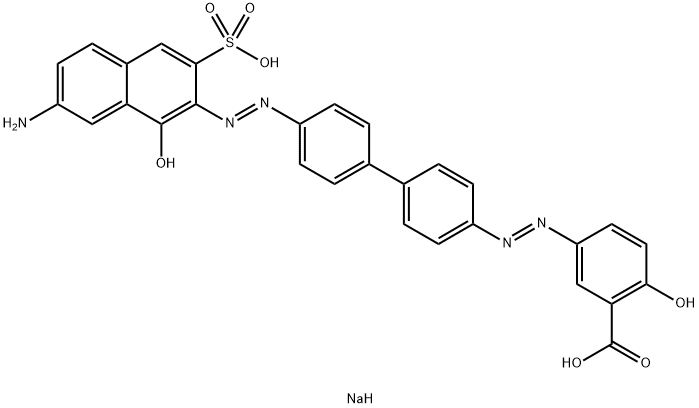
- Chemical Name:DIRECT FAST BROWN M
- CAS:2429-82-5
- MF:C29H22N5NaO7S
- Structure:
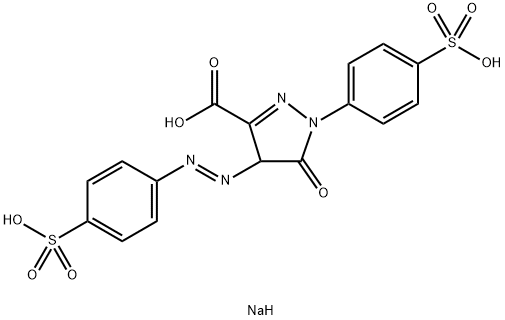
- Chemical Name:Tartrazine
- CAS:1934-21-0
- MF:C16H13N4NaO9S2
- Structure:
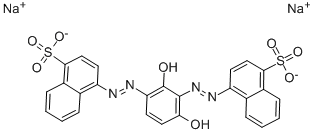
- Chemical Name:Acid Brown 14
- CAS:5850-16-8
- MF:C26H18N4O8S2.2Na
- Structure:
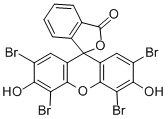
- Chemical Name:Acid Red 87
- CAS:548-26-5
- MF:C20H6Br4Na2O5
- Structure:
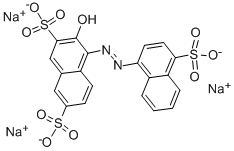
- Chemical Name:Acid Red 27
- CAS:915-67-3
- MF:C20H11N2Na3O10S3
- Structure:
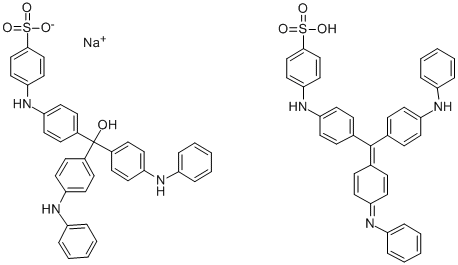
- Chemical Name:Acid Blue 119
- CAS:1324-80-7
- MF:C21H14NNaO6S
- Structure:

- Chemical Name:Fuchsin Acid
- CAS:3244-88-0
- MF:C20H17N3Na2O9S3
- Structure:
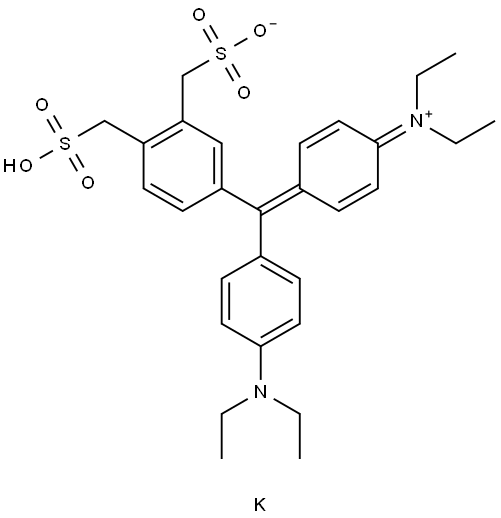
- Chemical Name:LIGHT GREEN SF YELLOWISH
- CAS:93942-43-9
- MF:C37H34N2Na2O9S3
- Structure:

- Chemical Name:Solvent Yellow 33
- CAS:8003-22-3
- MF:C18H11NO2
- Structure:
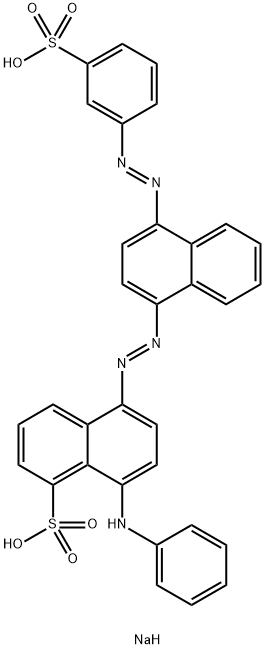
- Chemical Name:ACID BLUE 113
- CAS:3351-05-1
- MF:C32H24N5NaO6S2
- Structure:
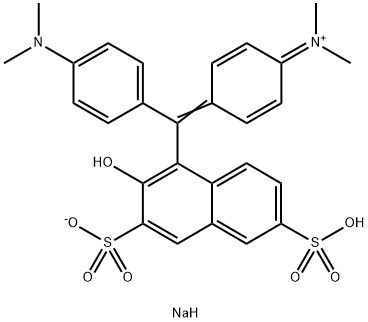
- Chemical Name:Acid Green 50
- CAS:3087-16-9
- MF:C27H27N2NaO7S2
- Structure:
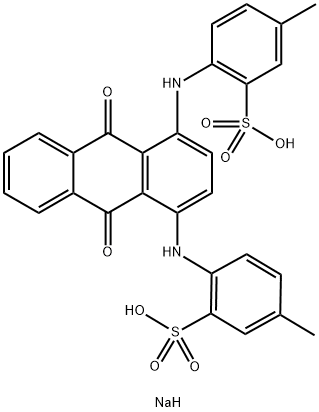
- Chemical Name:Acid Green 25
- CAS:4403-90-1
- MF:C28H23N2NaO8S2
- Structure:
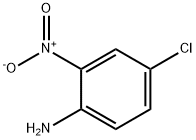
- Chemical Name:4-Chloro-2-nitroaniline
- CAS:89-63-4
- MF:C6H5ClN2O2
- Structure:
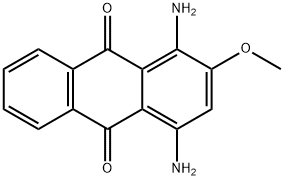
- Chemical Name:Disperse Red 11
- CAS:2872-48-2
- MF:C15H12N2O3
- Structure:

- Chemical Name:ACID RED 88
- CAS:1658-56-6
- MF:C20H13N2NaO4S
- Structure:
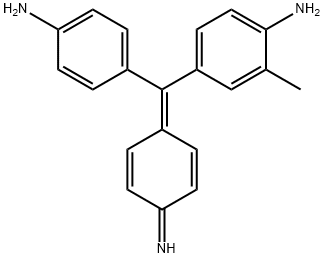
- Chemical Name:Solvent Red 41
- CAS:3248-93-9
- MF:C20H19N3
- Structure:
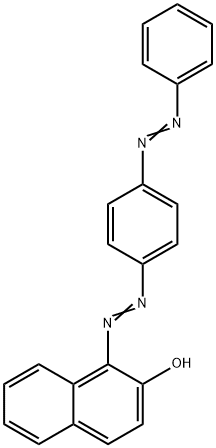
- Chemical Name:Solvent Red 23
- CAS:85-86-9
- MF:C22H16N4O
- Structure:

- Chemical Name:ACID RED 151
- CAS:6406-56-0
- MF:C22H15N4NaO4S
- Structure:

- Chemical Name:NEUTRAL RED IODIDE
- CAS:34038-87-4
- MF:C15H17IN4
- Structure:
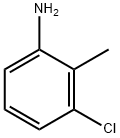
- Chemical Name:3-Chloro-2-methylaniline
- CAS:87-60-5
- MF:C7H8ClN
- Structure:

- Chemical Name:Sulphur Black 1
- CAS:1326-82-5
- MF:C6H4N2O5
- Structure:

- Chemical Name:Solvent Red 27
- CAS:1320-06-5
- MF:C26H24N4O
- Structure:
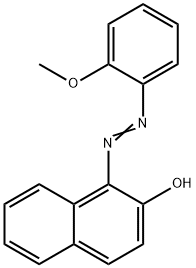
- Chemical Name:Solvent Red 1
- CAS:1229-55-6
- MF:C17H14N2O2
- Structure:
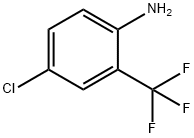
- Chemical Name:2-Amino-5-chlorobenzotrifluoride
- CAS:445-03-4
- MF:C7H5ClF3N
- Structure:
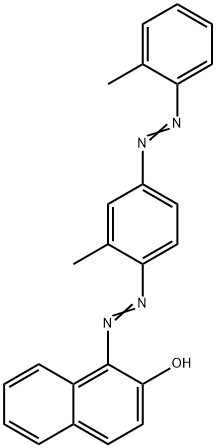
- Chemical Name:Solvent Red 24
- CAS:85-83-6
- MF:C24H20N4O
- Structure:
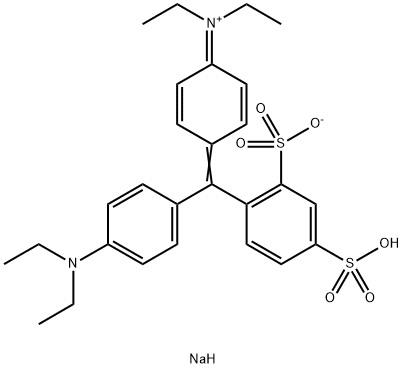
- Chemical Name:Acid blue 1
- CAS:129-17-9
- MF:C27H33N2NaO6S2
- Structure:
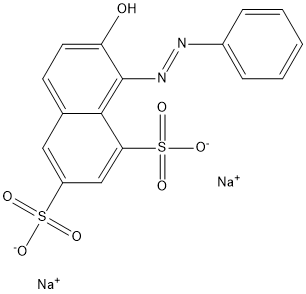
- Chemical Name:Acid Orange 10
- CAS:1936-15-8
- MF:C16H10N2Na2O7S2
- Structure:
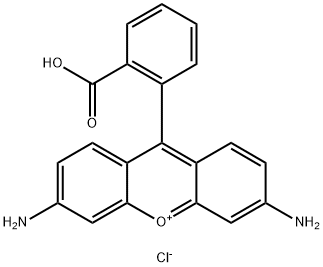
- Chemical Name:RHODAMINE 110
- CAS:13558-31-1
- MF:C20H15ClN2O3
- Structure:
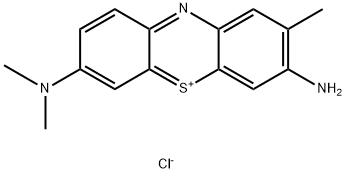
- Chemical Name:Toluidine Blue O
- CAS:92-31-9
- MF:C15H16ClN3S
- Structure:

- Chemical Name:ORANGE I
- CAS:523-44-4
- MF:C16H11N2NaO4S
- Structure:
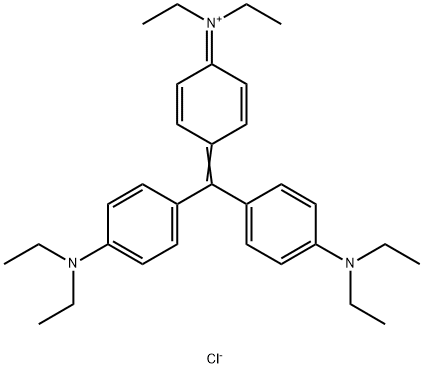
- Chemical Name:ETHYL VIOLET
- CAS:2390-59-2
- MF:C31H42ClN3
- Structure:
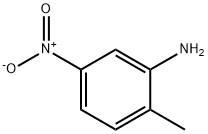
- Chemical Name:2-Methyl-5-nitroaniline
- CAS:99-55-8
- MF:C7H8N2O2
- Structure:
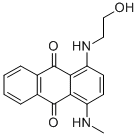
- Chemical Name:Disperse Blue 3
- CAS:2475-46-9
- MF:C17H16N2O3
- Structure:
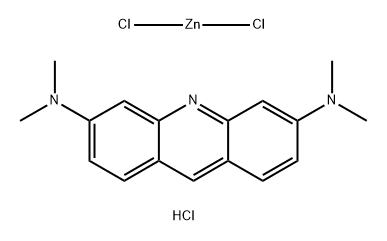
- Chemical Name:Basic Orange 14
- CAS:10127-02-3
- MF:C17H20Cl3N3Zn
- Structure:
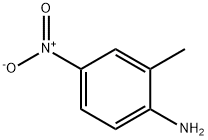
- Chemical Name:2-Methyl-4-nitroaniline
- CAS:99-52-5
- MF:C7H8N2O2
- Structure:
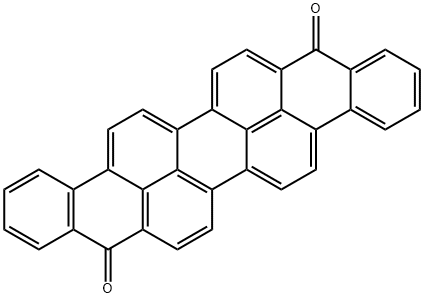
- Chemical Name:Vat Violet 10
- CAS:128-64-3
- MF:C34H16O2
- Structure:
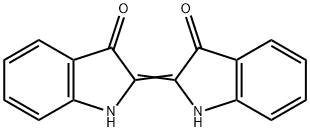
- Chemical Name:Indigo
- CAS:482-89-3
- MF:C16H10N2O2
- Structure:
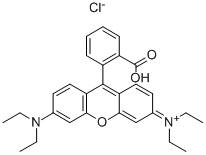
- Chemical Name:Rhodamine B
- CAS:81-88-9
- MF:C28H31ClN2O3
- Structure:
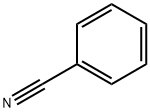
- Chemical Name:Benzonitrile
- CAS:100-47-0
- MF:C7H5N
- Structure:
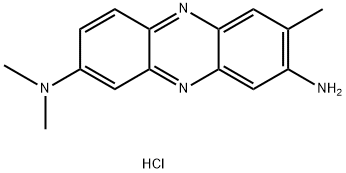
- Chemical Name:Neutral Red
- CAS:553-24-2
- MF:C15H17ClN4
- Structure:
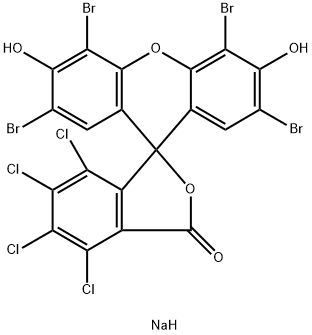
- Chemical Name:Acid Red 92
- CAS:18472-87-2
- MF:C20H5Br4Cl4NaO5
- Structure:
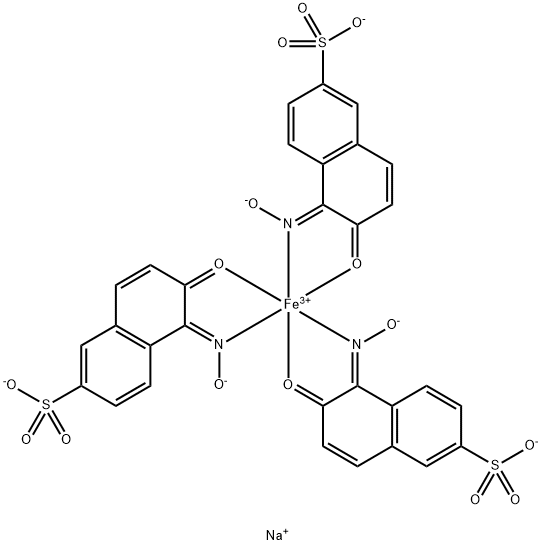
- Chemical Name:Acid Green 1
- CAS:19381-50-1
- MF:C30H15FeN3NaO15S3(-2)
- Structure:
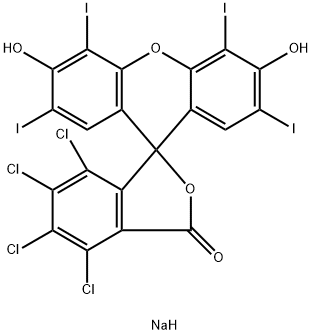
- Chemical Name:Acid Red 94
- CAS:632-69-9
- MF:C20H5Cl4I4NaO5
- Structure:
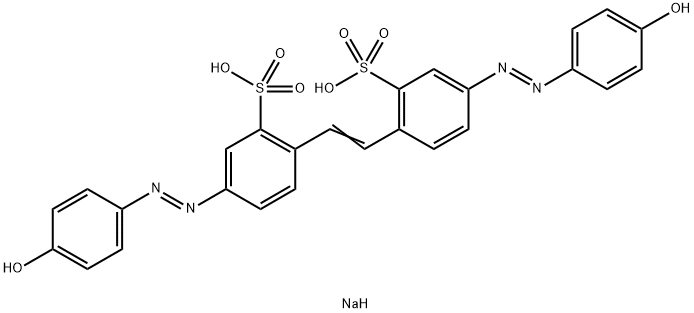
- Chemical Name:BRILLIANT YELLOW
- CAS:3051-11-4
- MF:C26H21N4NaO8S2
- Structure:

- Chemical Name:ORANGE G
- CAS:1936-96-5
- MF:C6H9NS
- Chemical Name:Direct fast orange 2G
- CAS:
- MF:
- Structure:

- Chemical Name:2-Amino-6-methoxybenzothiazole
- CAS:1747-60-0
- MF:C8H8N2OS
- Structure:
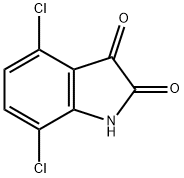
- Chemical Name:4,7-Dichloroisatin
- CAS:18711-13-2
- MF:C8H3Cl2NO2
- Structure:
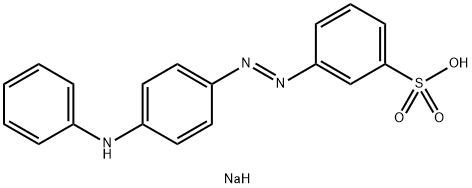
- Chemical Name:METANIL YELLOW
- CAS:587-98-4
- MF:C18H15N3O3S.Na
- Structure:
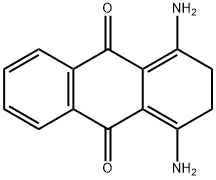
- Chemical Name:1,4-Diamino-2,3-dihydroanthraquinone
- CAS:81-63-0
- MF:C14H12N2O2
- Structure:
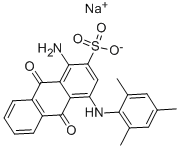
- Chemical Name:Acid Blue 129
- CAS:6397-02-0
- MF:C23H19N2NaO5S
- Structure:
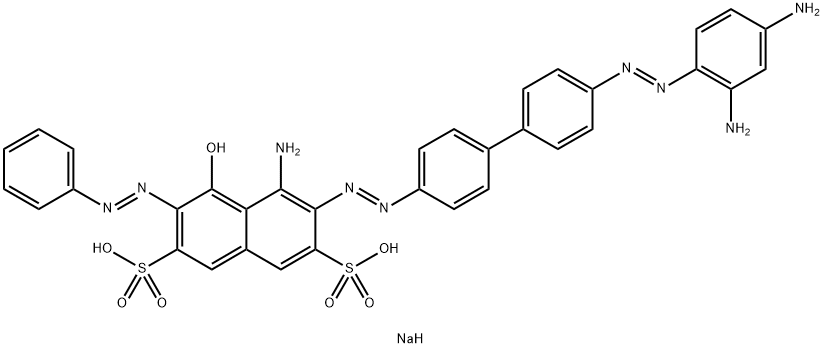
- Chemical Name:Direct Black 38
- CAS:1937-37-7
- MF:C34H28N9NaO7S2
- Structure:
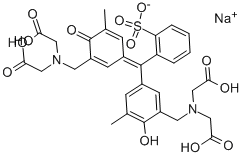
- Chemical Name:Xylenol Orange sodium salt
- CAS:63721-83-5
- MF:C31H31N2NaO13S
- Structure:

- Chemical Name:Disperse Red 54
- CAS:12217-86-6
- MF:C19H18ClN5O4
- Structure:
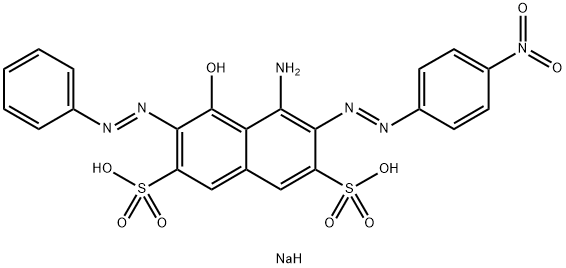
- Chemical Name:Acid Black 1
- CAS:1064-48-8
- MF:C22H17N6NaO9S2
- Structure:
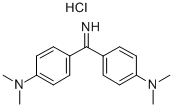
- Chemical Name:AURAMINE O
- CAS:2465-27-2
- MF:C17H22ClN3
- Structure:
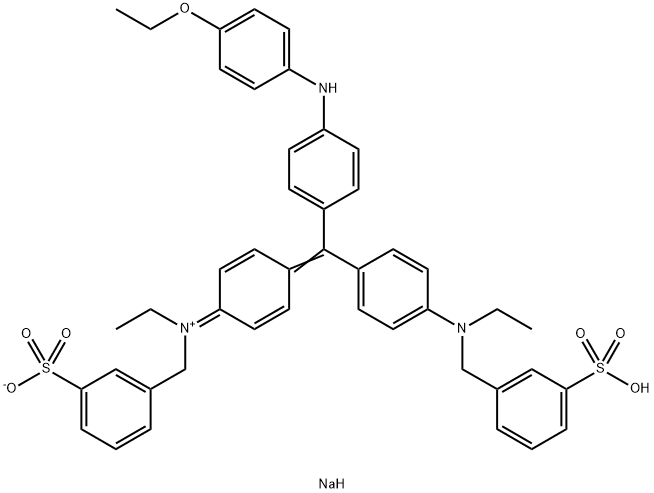
- Chemical Name:Acid Blue 83
- CAS:6104-59-2
- MF:C45H46N3NaO7S2
- Structure:
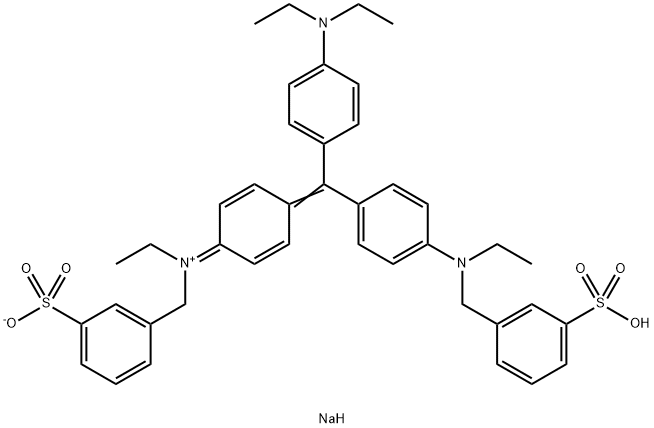
- Chemical Name:Acid Violet 17
- CAS:4129-84-4
- MF:C41H46N3NaO6S2
- Structure:
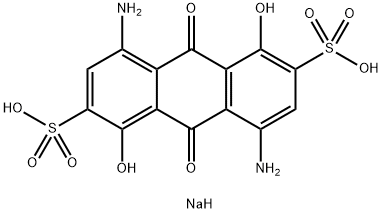
- Chemical Name:CI 63010
- CAS:2861-02-1
- MF:C14H11N2NaO10S2
- Structure:
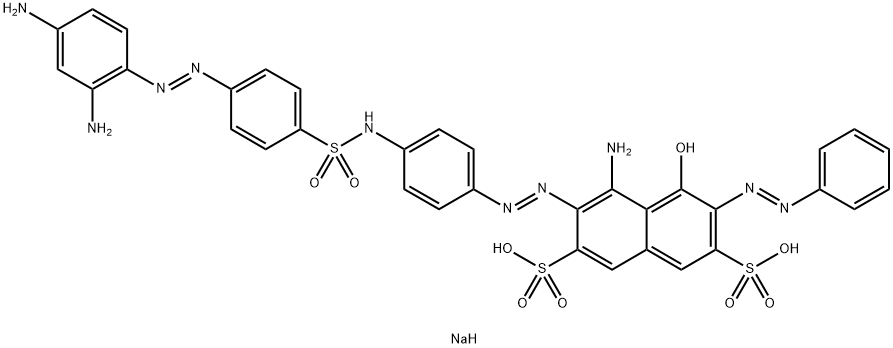
- Chemical Name:Acid Black 234
- CAS:157577-99-6
- MF:C34H29N10NaO9S3
- Structure:
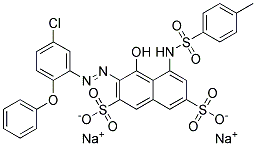
- Chemical Name:Tracid Brilliant Red B
- CAS:6416-66-6
- MF:C29H20ClN3Na2O10S3
- Structure:

- Chemical Name:Acid Blue 90
- CAS:6104-58-1
- MF:C47H48N3NaO7S2
- Structure:
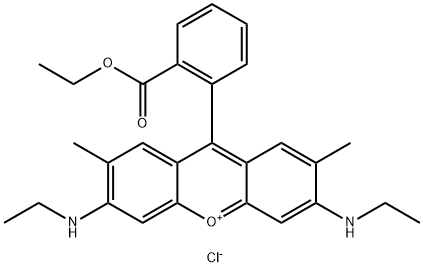
- Chemical Name:Rhodamine 6G
- CAS:989-38-8
- MF:C28H31ClN2O3
- Structure:
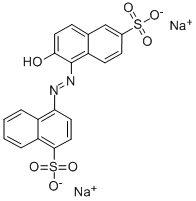
- Chemical Name:ACID RED 13
- CAS:2302-96-7
- MF:C20H12N2Na2O7S2
- Structure:

- Chemical Name:Methylene Blue
- CAS:61-73-4
- MF:C16H18ClN3S
- Structure:
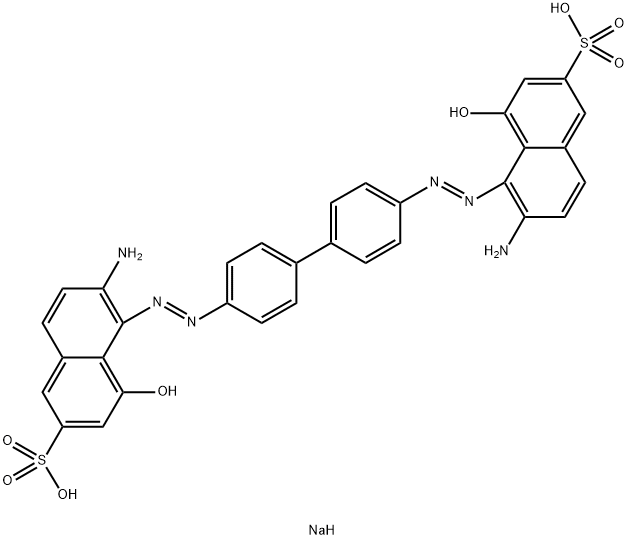
- Chemical Name:CHLORAZOL VIOLET N
- CAS:2586-60-9
- MF:C32H25N6NaO8S2
- Structure:
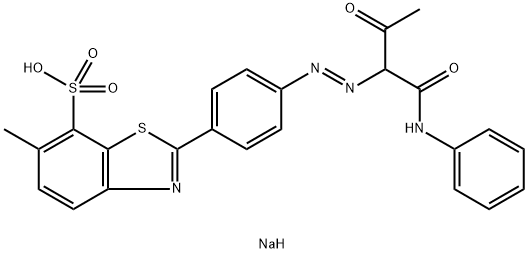
- Chemical Name:DIRECT PURE YELLOW 5G
- CAS:10130-29-7
- MF:C24H21N4NaO5S2
- Structure:
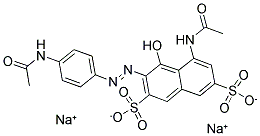
- Chemical Name:ACID VIOLET 7
- CAS:4321-69-1
- MF:C20H16N4Na2O9S2
- Structure:
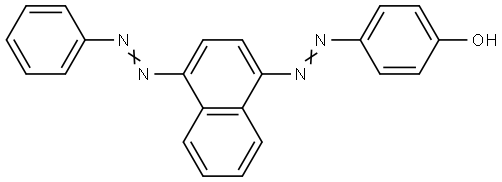
- Chemical Name:DISPERSE ORANGE 13
- CAS:6253-10-7
- MF:C22H16N4O
- Structure:
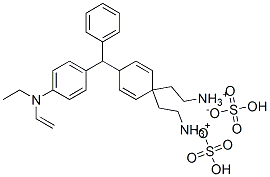
- Chemical Name:Basic Green 1
- CAS:633-03-4
- MF:C27H34N2O4S
- Chemical Name:Solvent Yellow 82
- CAS:12227-67-7
- MF:
- Chemical Name:Solvent Black 27
- CAS:12237-22-8
- MF:
- Structure:
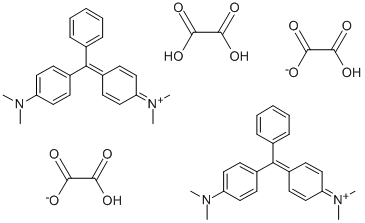
- Chemical Name:Basic Green 4
- CAS:2437-29-8
- MF:C52H54N4O12
- Structure:
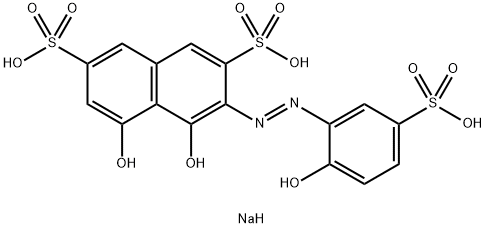
- Chemical Name:Acid chrome blue K
- CAS:3270-25-5
- MF:C16H13N2NaO12S3
- Structure:
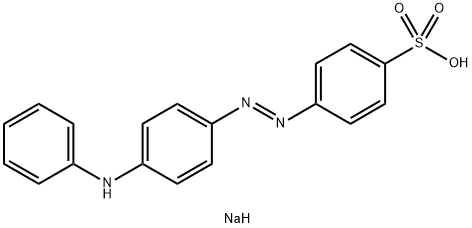
- Chemical Name:Orange IV
- CAS:554-73-4
- MF:C18H16N3NaO3S
- Structure:
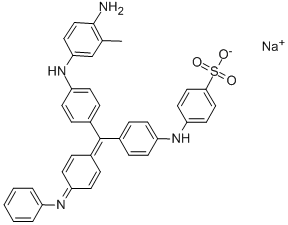
- Chemical Name:ACID BLUE 119
- CAS:30586-13-1
- MF:C32H29N3O4S.Na
- Structure:
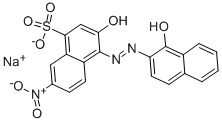
- Chemical Name:Eriochrome Black T
- CAS:1787-61-7
- MF:C20H12N3NaO7S
- Structure:
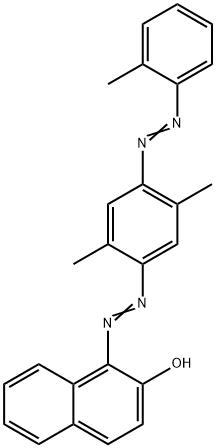
- Chemical Name:Solvent Red 26
- CAS:4477-79-6
- MF:C25H22N4O
- Structure:
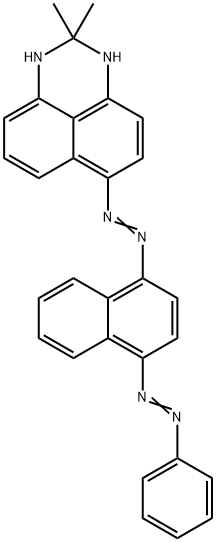
- Chemical Name:Solvent Black 3
- CAS:4197-25-5
- MF:C29H24N6
- Structure:
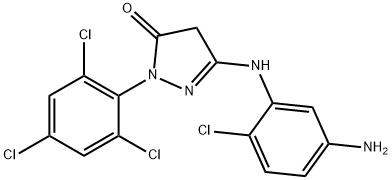
- Chemical Name:1-(2,4,6-Trichlorophenyl)-3-(5-amino-2-chloroanilino)-5-pyrazolone
- CAS:53411-33-9
- MF:C15H10Cl4N4O
- Chemical Name:Solvent Violet 36
- CAS:61951-89-1
- MF:
- Structure:
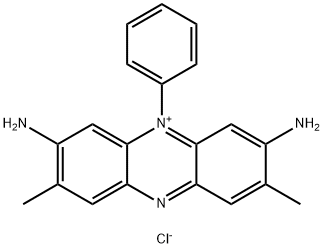
- Chemical Name:Basic Red 2
- CAS:477-73-6
- MF:C20H19ClN4
- Structure:
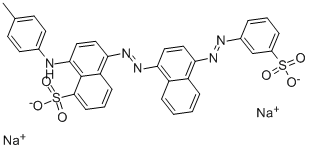
- Chemical Name:ACID BLUE 120
- CAS:3529-01-9
- MF:C33H23N5Na2O6S2
- Structure:
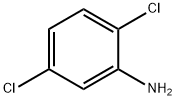
- Chemical Name:2,5-Dichloroaniline
- CAS:95-82-9
- MF:C6H5Cl2N
- Structure:

- Chemical Name:Disperse Yellow 54
- CAS:12223-85-7
- MF:C18H11NO3
- Structure:

- Chemical Name:Ethyl 3-ethoxy-3-iminopropionate hydrochloride
- CAS:2318-25-4
- MF:C7H13NO3.ClH
- Structure:
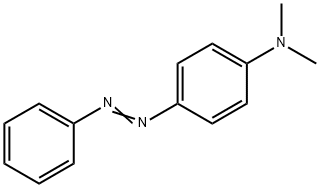
- Chemical Name:Solvent Yellow 2
- CAS:60-11-7
- MF:C14H15N3
- Structure:
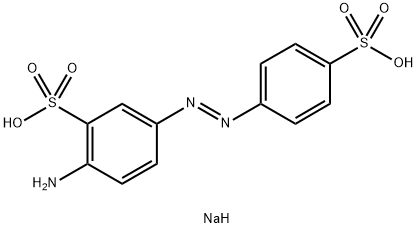
- Chemical Name:CI 13015
- CAS:2706-28-7
- MF:C12H12N3NaO6S2
- Structure:
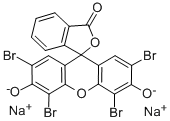
- Chemical Name:EOSIN
- CAS:17372-87-1
- MF:C20H6Br4Na2O5
- Structure:
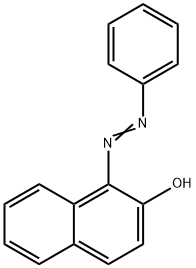
- Chemical Name:Sudan I
- CAS:842-07-9
- MF:C16H12N2O
- Structure:
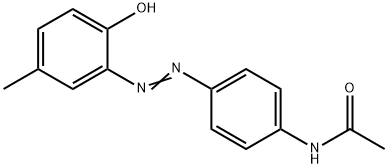
- Chemical Name:Disperse Yellow 3
- CAS:2832-40-8
- MF:C15H15N3O2